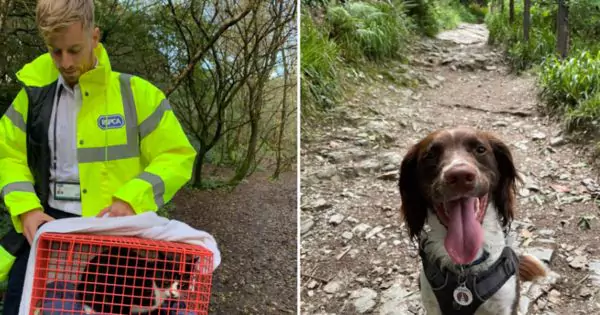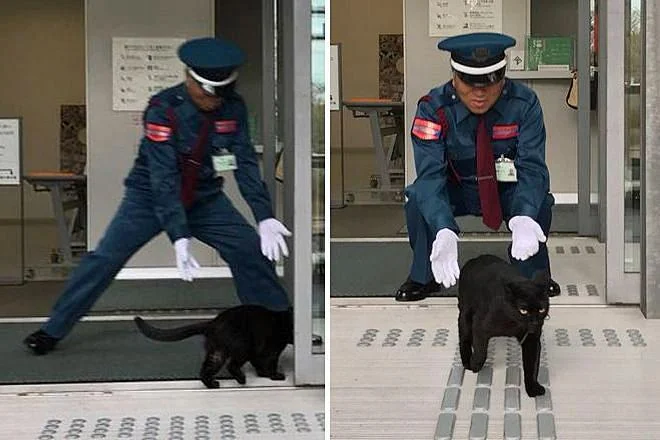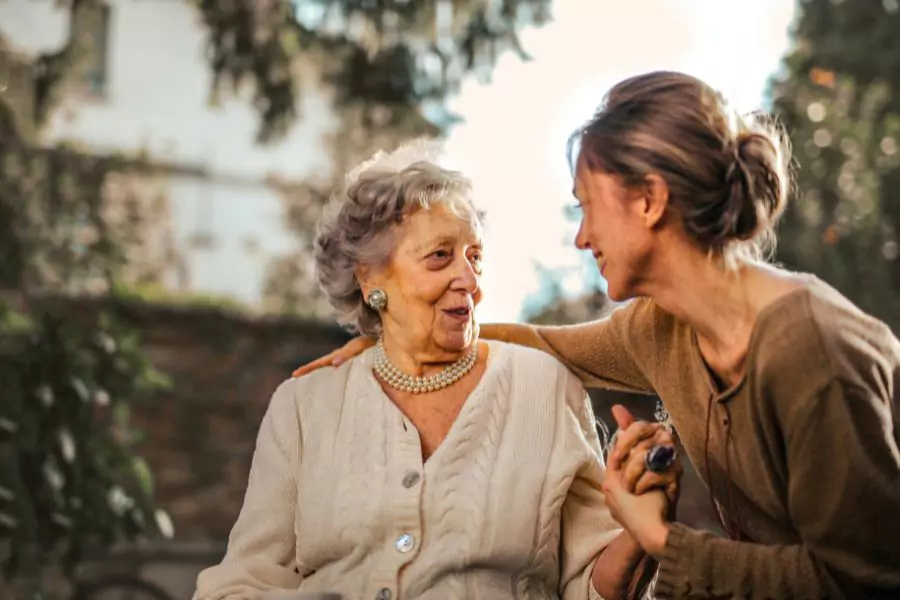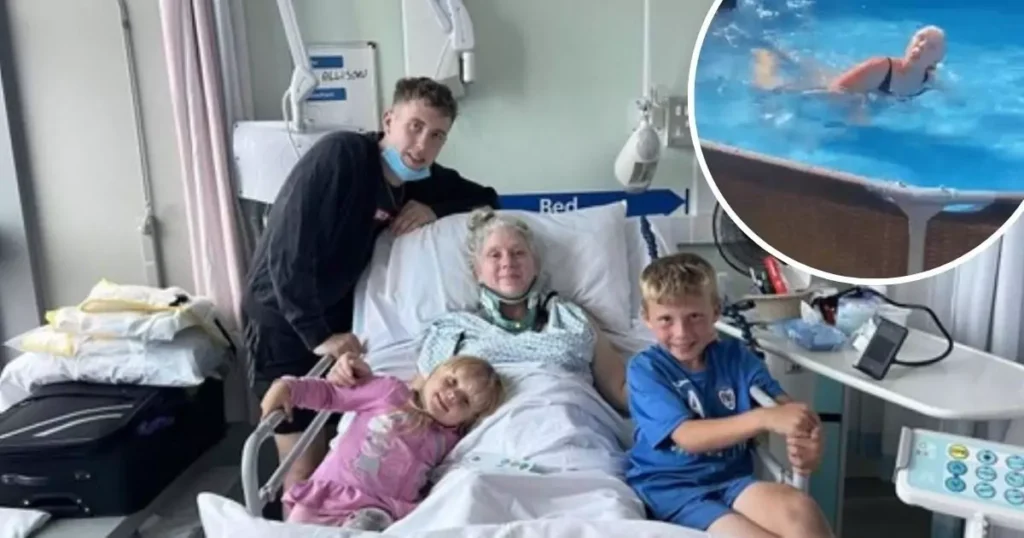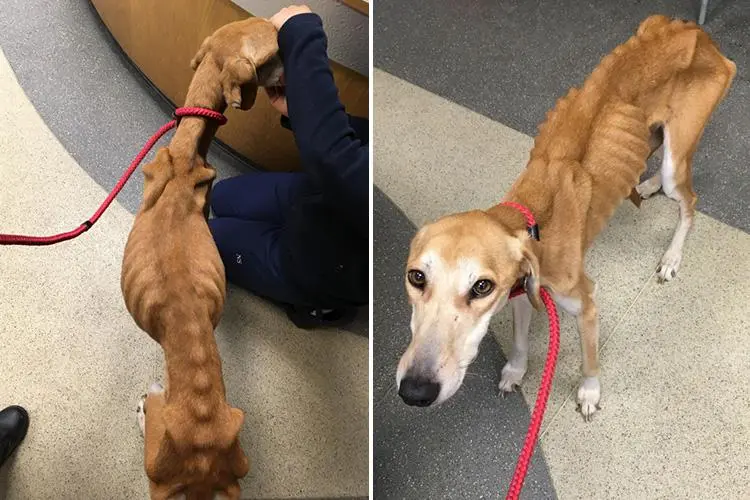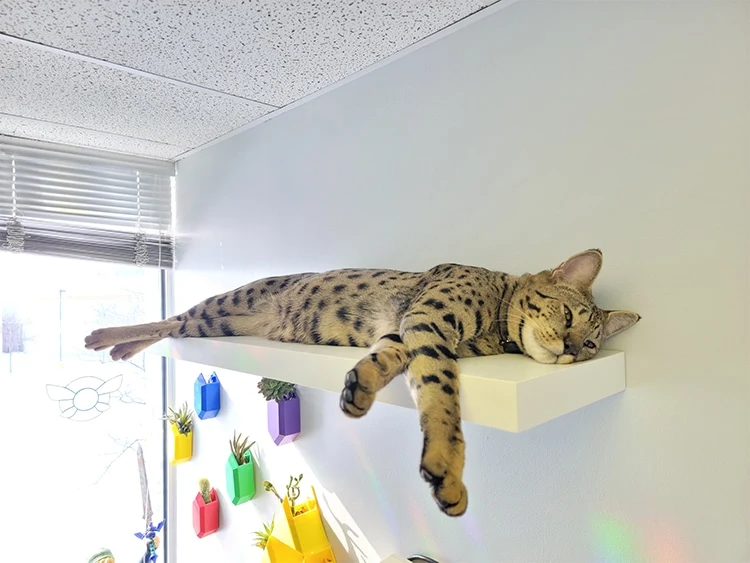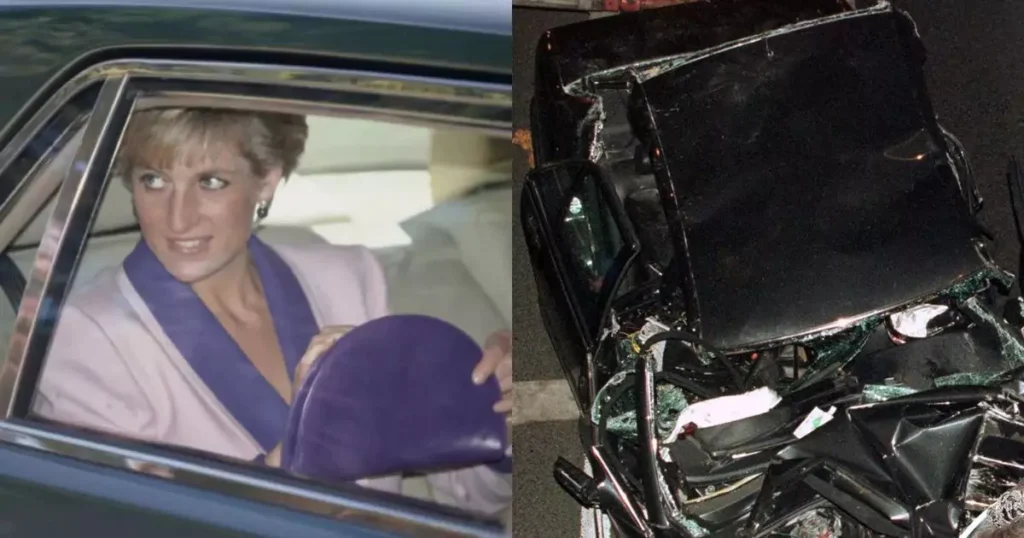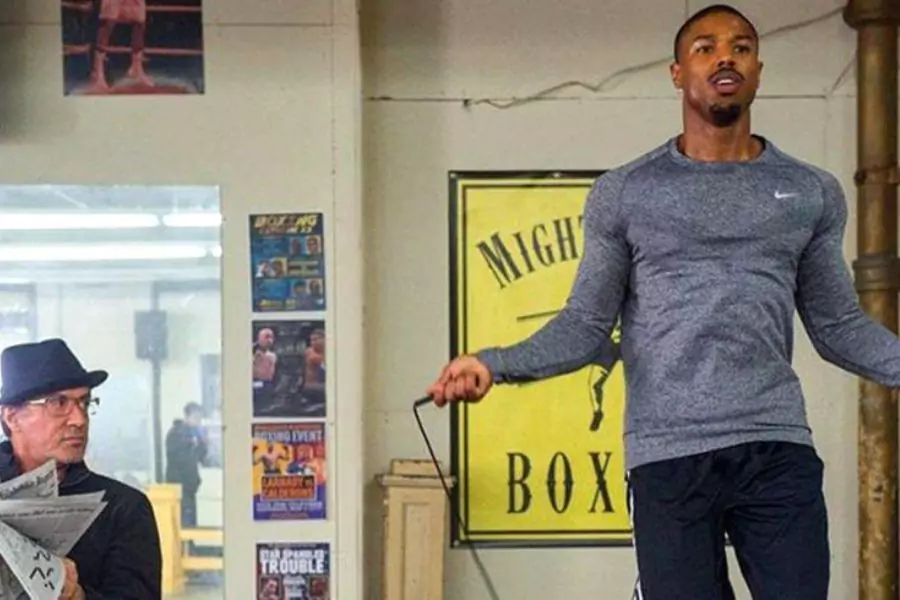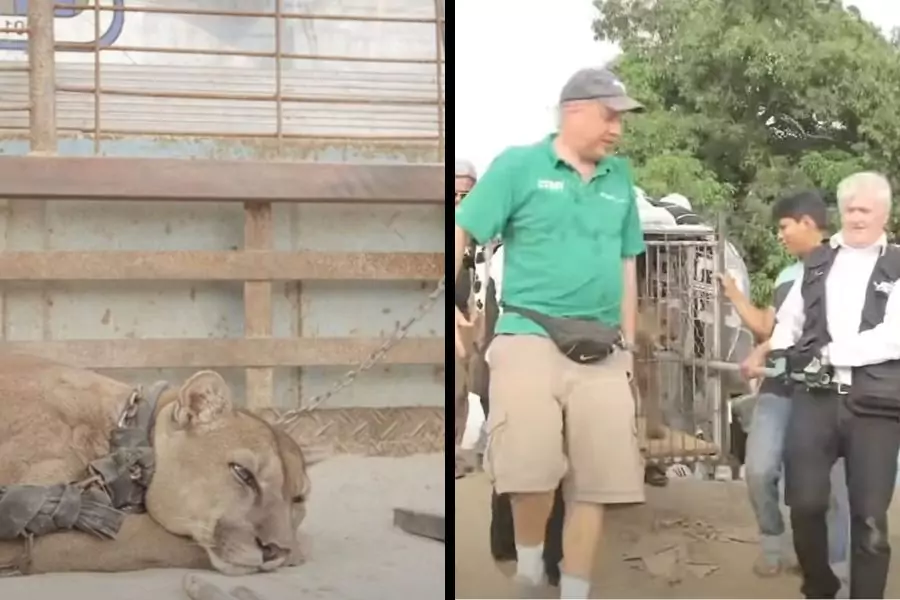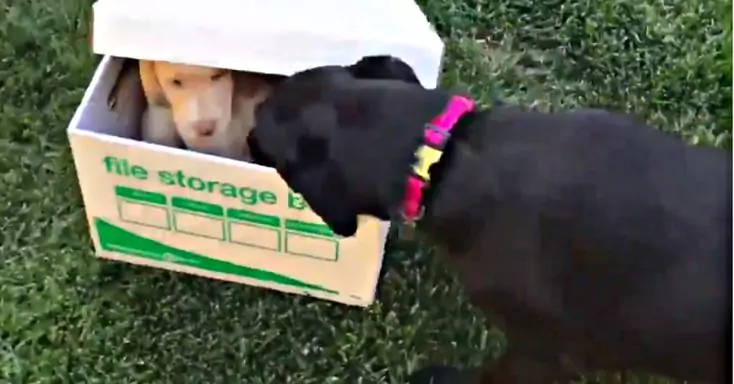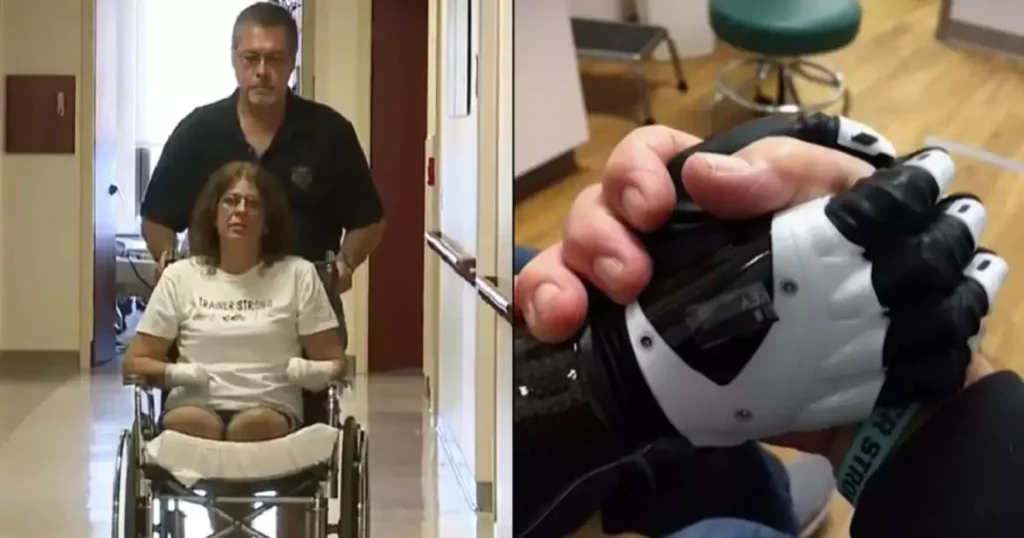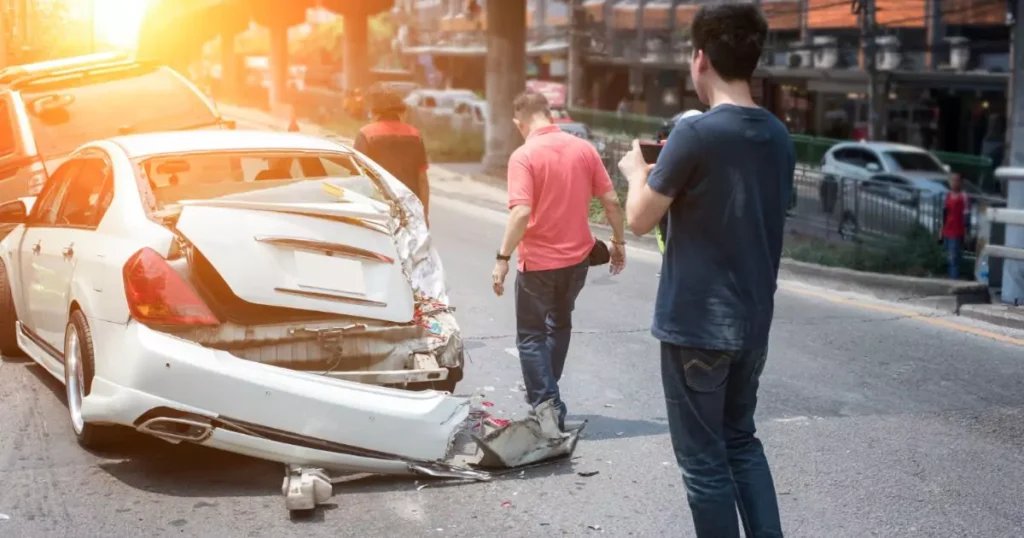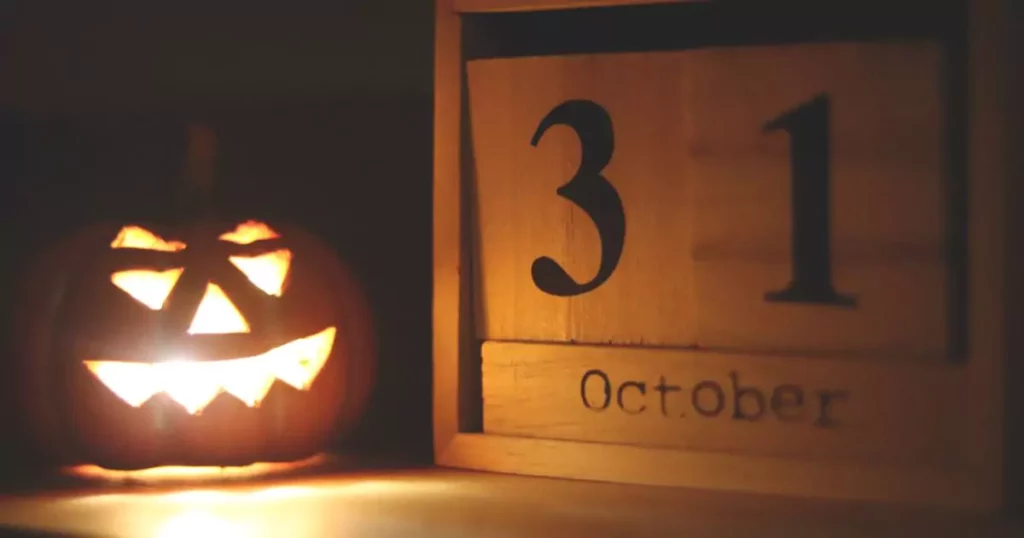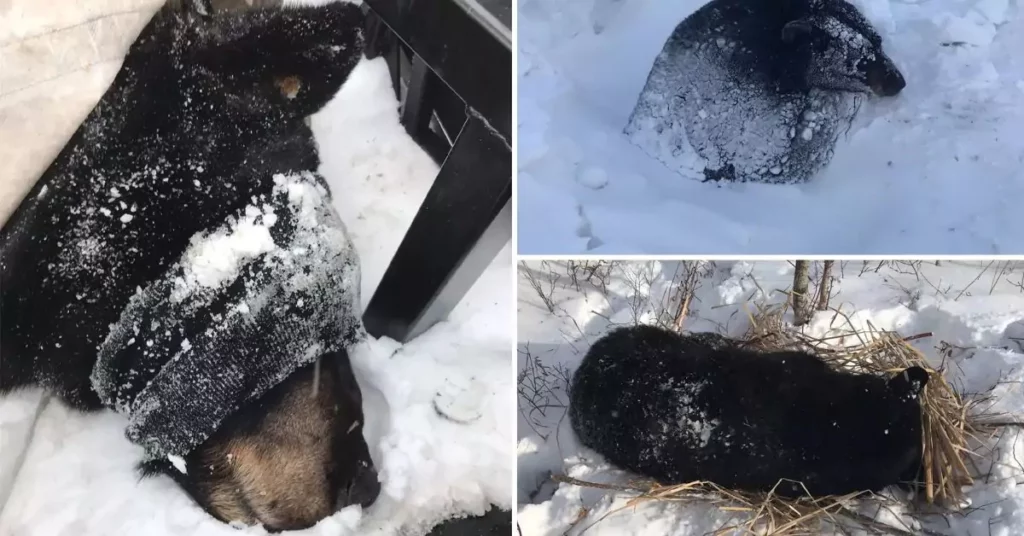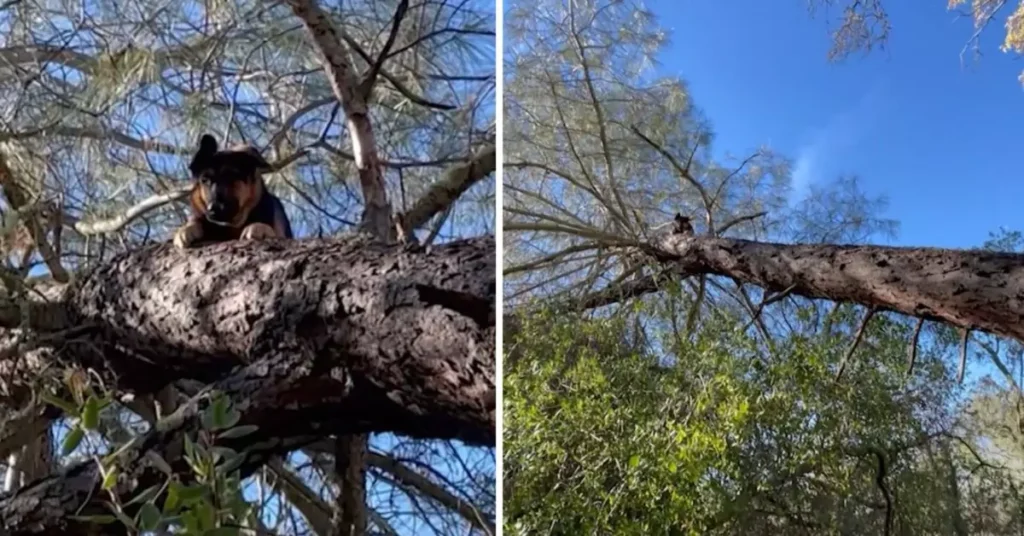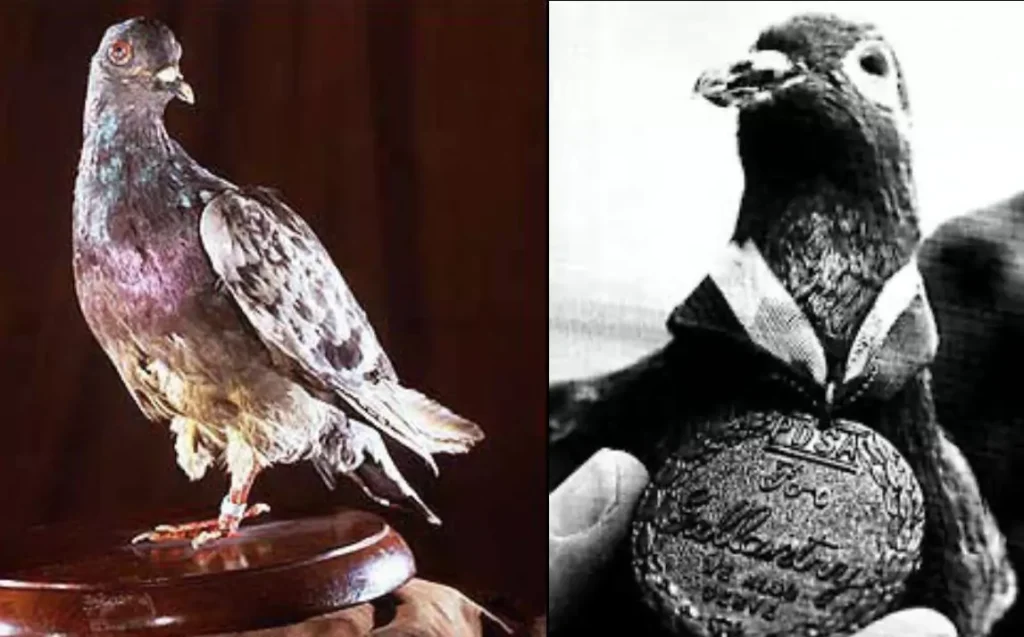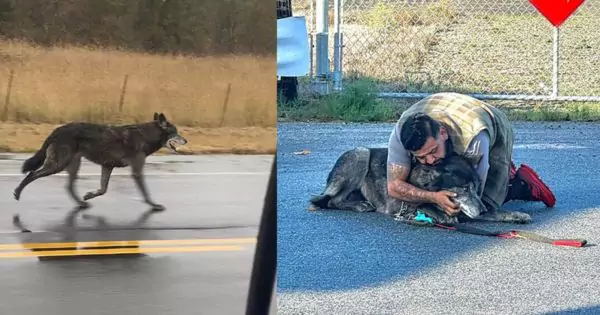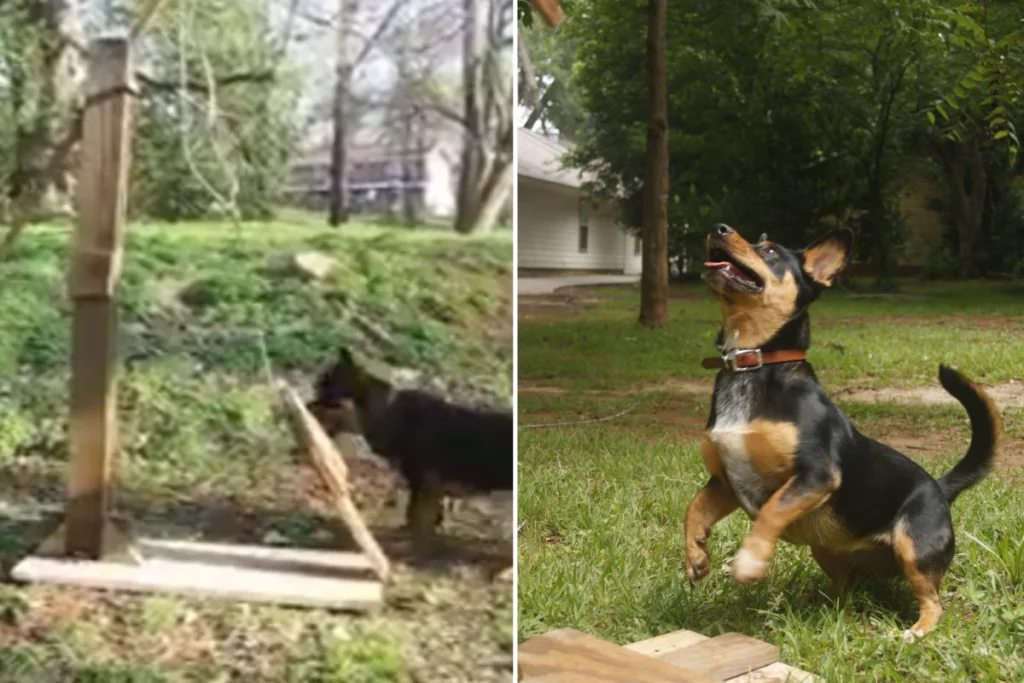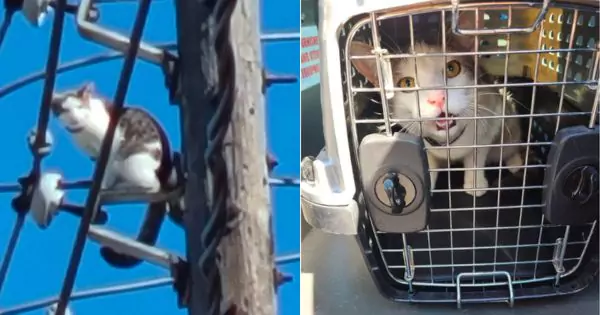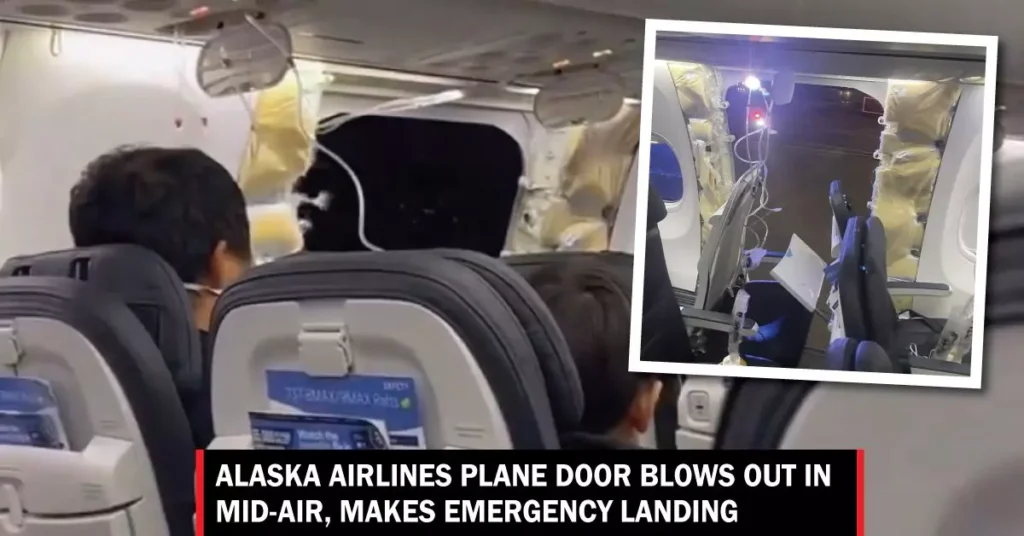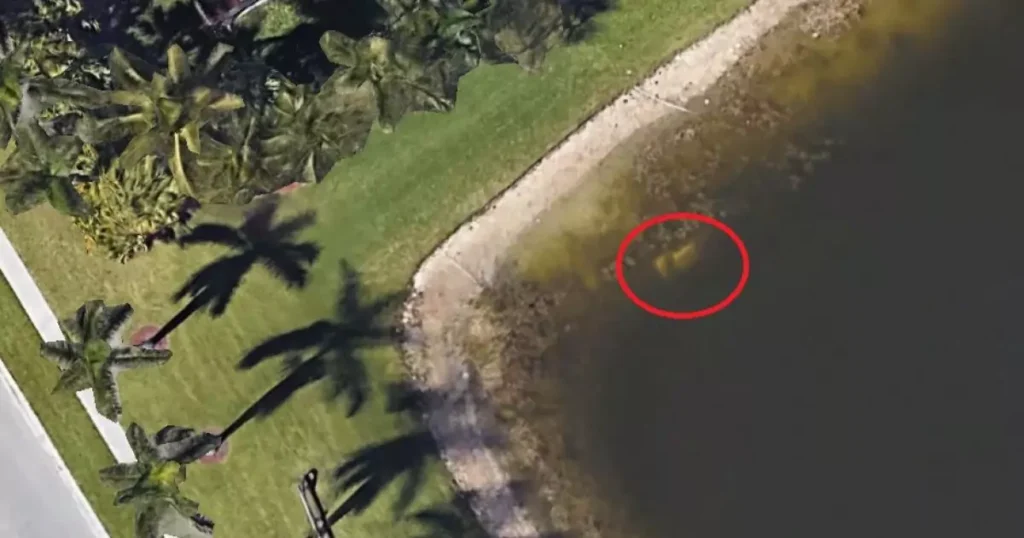
On a seemingly ordinary day in London, an extraordinary and unsettling event unfolded as several horses, covered in blood, suddenly stampeded through a busy urban area, causing immediate panic and fear among the public. This shocking incident not only led to physical injuries for four individuals but also sparked a widespread reaction on social media platforms, where videos and images of the terrifying scene quickly went viral.
As Londoners tried to make sense of what had happened, questions arose about the origins of the stampede and the condition of the injured. The rapid spread of information—and misinformation—on social media platforms played a pivotal role in shaping public perception of the incident. This blog post aims to dissect the events of that day, examining everything from the initial breakout of the horses to the community’s response and the broader implications for urban animal management and public safety in densely populated cities.
By piecing together eyewitness accounts, official statements, and media coverage, we can gain a clearer understanding of the impact such an unusual event has on a major city and its residents. As we delve deeper into the details, we aim to provide a comprehensive overview that not only informs but also reflects on the powerful role of social media in contemporary society.
The Incident Details
The unsettling event took place during a routine morning exercise session by the Household Cavalry in Belgravia, a central district in London known for its regal architecture and diplomatic premises. It was here that five horses, part of a prestigious mounted regiment of the British army, unexpectedly bolted, throwing their riders off and causing widespread alarm.
Eyewitnesses reported a chaotic scene, with two horses notably galloping riderless, one of which appeared grievously injured, covered in blood. The bloodied appearance of the horses, especially the white one, captured immediate public attention as images and videos began to circulate on social media. According to reports, the frightening spectacle was triggered by nearby construction activities; the noise of rubble being moved reportedly spooked the animals, leading to the unforeseen stampede.
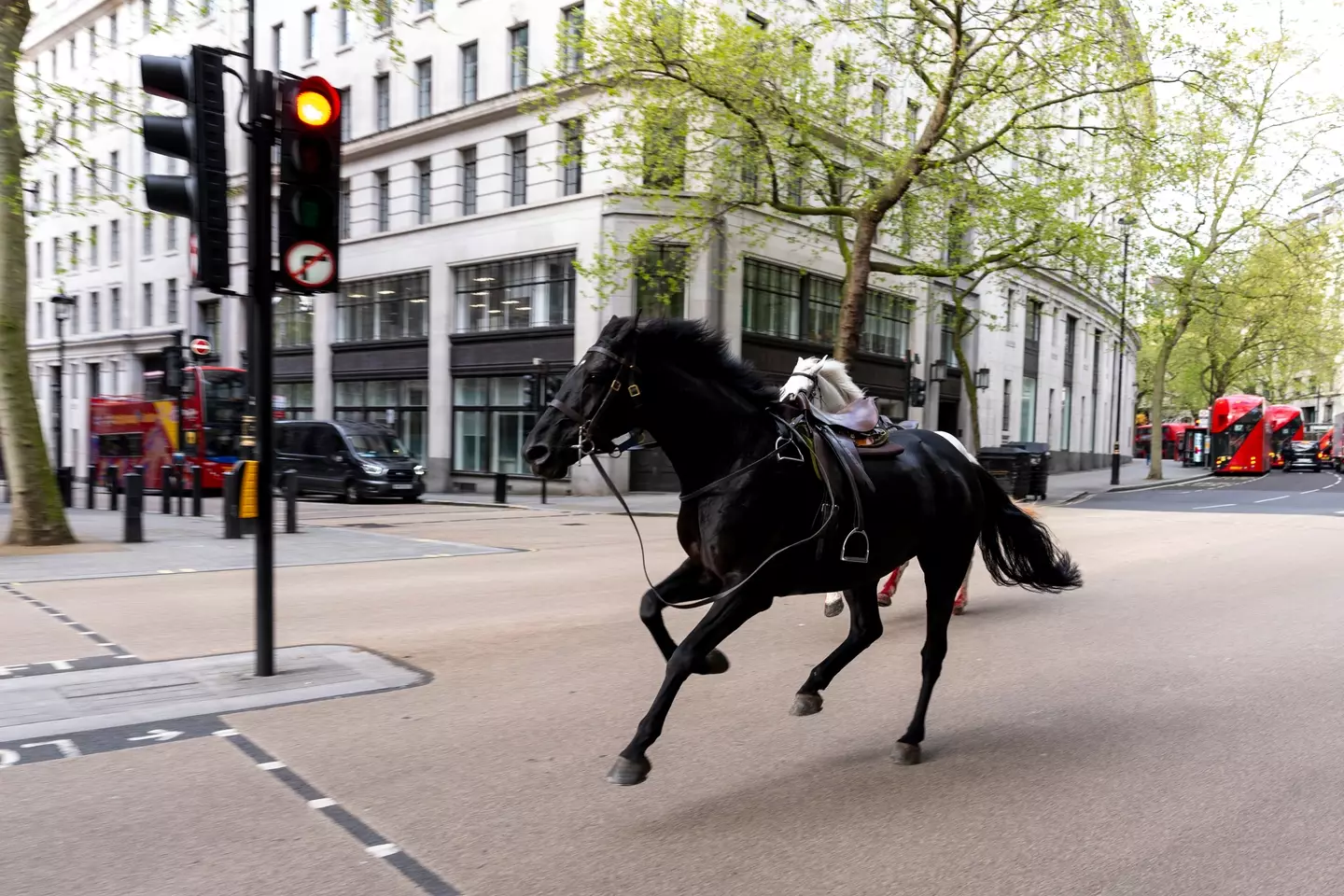
Further adding to the chaos, the injured white horse collided with a parked Mercedes on Buckingham Palace Road. The impact was severe enough to cause significant injuries to the horse and substantial damage to the vehicle. The owner of the car, identified only as Faraz, recounted the moment to LBC, describing how the horse hit the car “very hard,” resulting in a smashed window and blood splatters across the rear door.
Megan Maurer, a bystander interviewed by BBC Radio 2, provided a poignant description of the scene. She observed police officers sprinting down Buckingham Palace Road as one of the injured horses was led back towards her. The horse, according to Maurer, was visibly distressed, bleeding from its legs and head, with a noticeable wound above its right eye, yet it was still walking—albeit with difficulty.
The incident prompted immediate responses from various emergency teams. The London Ambulance Service confirmed that four individuals were hospitalized due to injuries sustained in different locations, including the busy intersections of Chancery Lane and Fleet Street, as well as the more residential area of Belgrave Square.
Impact on the Victims
The unforeseen stampede resulted in injuries to four bystanders who found themselves in the path of the frightened horses. The London Ambulance Service swiftly responded to the emergency, attending to the injured at various central London locations. Those affected included pedestrians on Buckingham Palace Road and Belgrave Square, as well as at the busy junction of Chancery Lane and Fleet Street.
Details regarding the severity of the injuries remain vague, but initial reports suggest they range from minor to moderate. The victims received prompt medical attention, and were transported to local hospitals for further treatment and evaluation. The psychological impact of such an incident, however, may extend beyond physical injuries, as the chaotic scenes likely left many witnesses shaken.
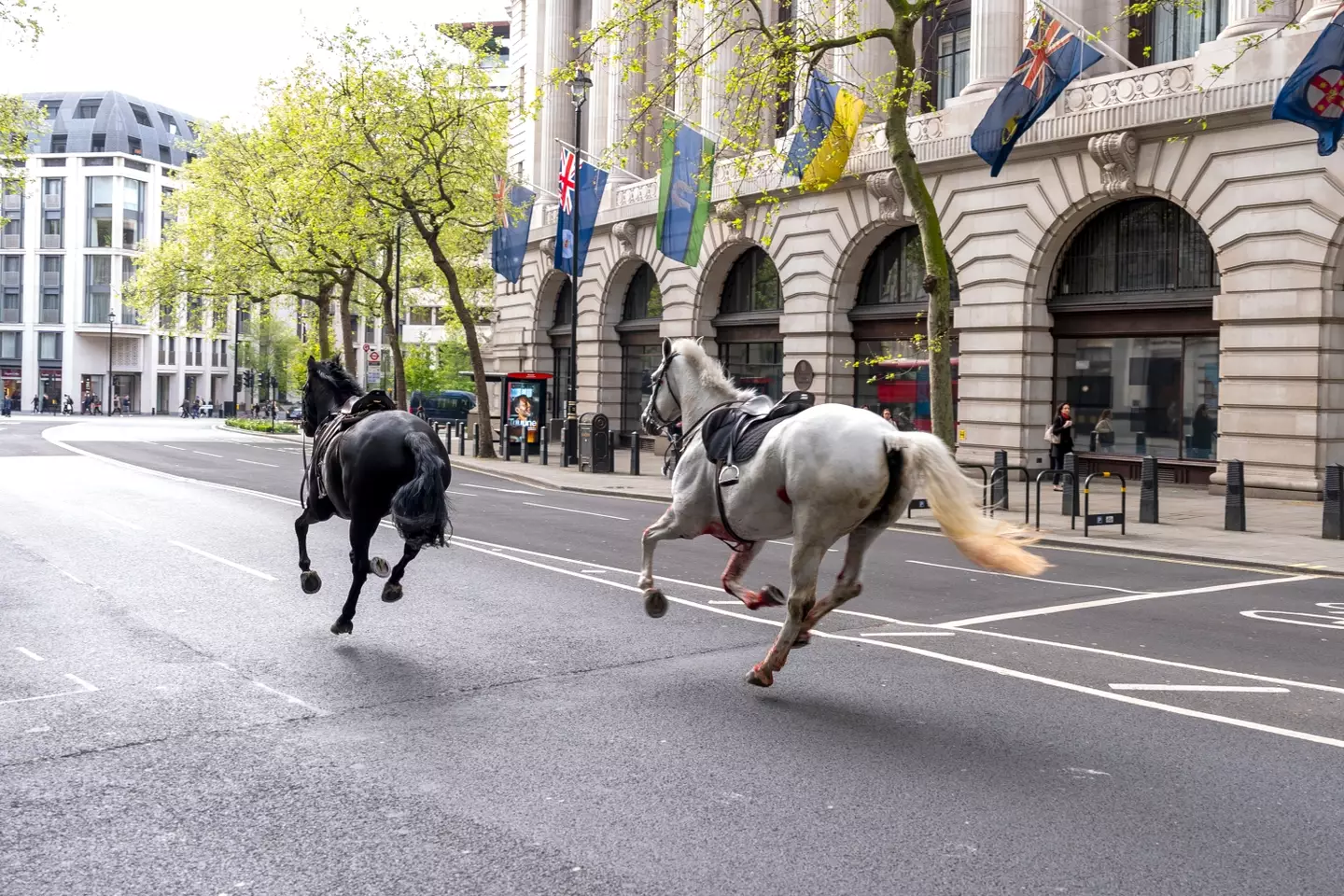
Additionally, three soldiers involved in the exercise were assessed for injuries at the hospital. Thankfully, their conditions were not considered serious, providing some relief amidst the day’s alarming events.
As for the horses, all five were eventually contained and received immediate veterinary care. The most visually striking, a white horse seen covered in blood in numerous social media posts, had notably sustained injuries after colliding with a vehicle. The care provided aimed not only at treating their physical injuries but also at managing their stress and ensuring their recovery from such a traumatic event.
Public Reaction and Social Media Frenzy
The rapid spread of footage and images on social media platforms played a critical role in the public reaction to the stampede. Videos of the blood-covered horses racing through the streets went viral, sparking widespread concern and fear. Social media users quickly began sharing the content, with many expressing shock and sympathy for both the horses and the injured individuals.
The incident also prompted a myriad of reactions from across the spectrum, ranging from calls for better management of animal exercises in urban areas to concerns over the readiness of emergency services to handle such unique situations. The mix of genuine concern, sensationalism, and misinformation that often accompanies viral events became a significant aspect of the story, influencing public perception and response.
Amidst the chaos, real-time updates from the authorities and eyewitness accounts added layers to the unfolding story. Megan Maurer, speaking to BBC Radio 2, described seeing a horse covered in blood, moving painfully towards her, creating a vivid and distressing image that resonated with many. Her account highlighted the immediate impact and the confusing, distressing sight of the injured animals, evoking a strong emotional response from the public.
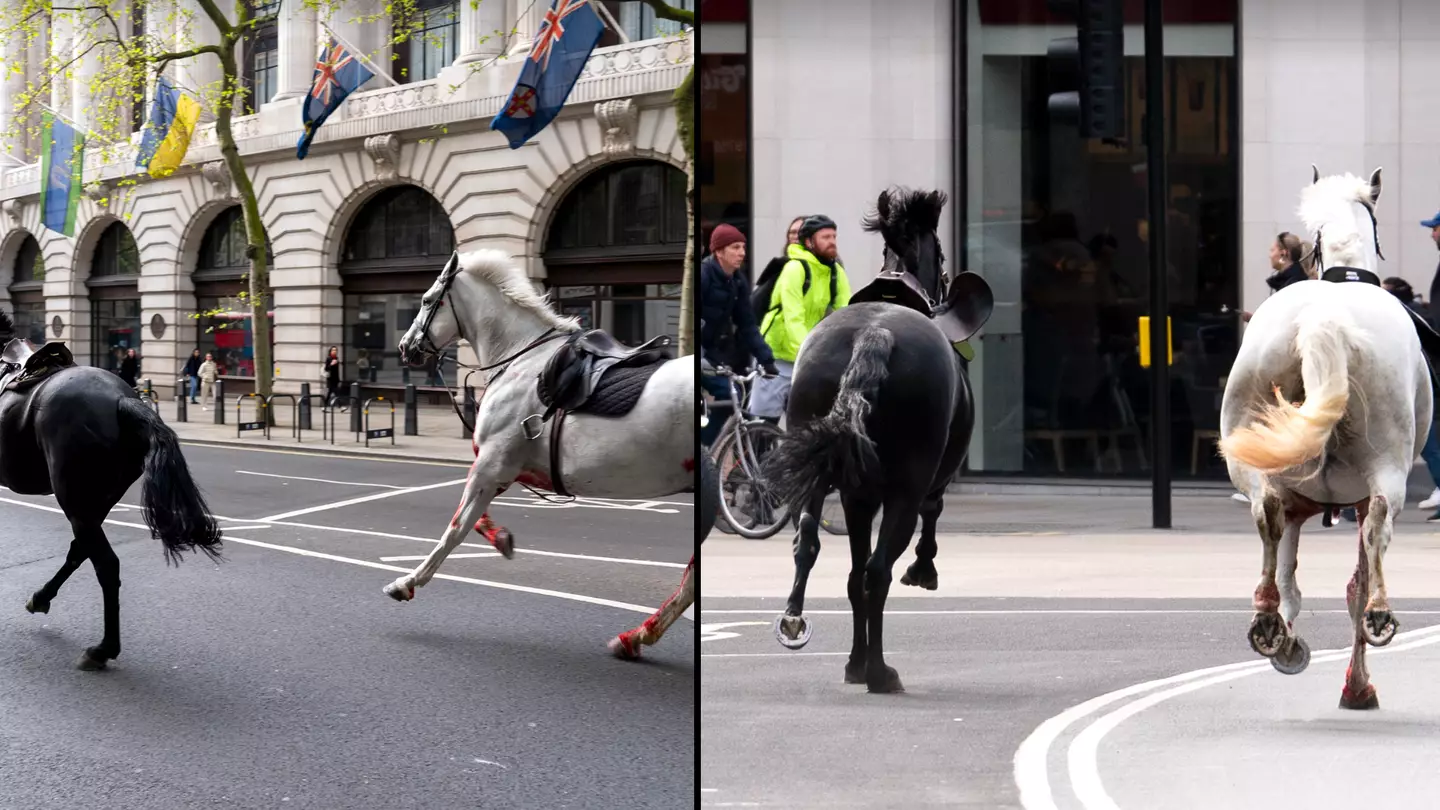
Additionally, the account of Faraz, whose Mercedes was struck by one of the horses, brought home the unexpected and violent nature of the incident. His description of the collision and the subsequent damage to his car, complete with droplets of blood on the rear door, provided a stark visual that underscored the severity of the event.
Social media platforms not only facilitated rapid dissemination of these stories but also shaped the collective understanding and emotional reaction to the incident. The visual impact of seeing such majestic animals in distress, coupled with the real-time sharing of graphic images and eyewitness narratives, intensified public concern about the welfare of both the animals and the people involved.
In this digital age, the power of social media to amplify such incidents is undeniable, demonstrating its ability to influence public sentiment and drive immediate and widespread reaction to unexpected events. This event, in particular, showcased the double-edged sword of social media: while it can spread valuable information quickly, it can also amplify panic and misinformation.
Two horses have just been seen running down Aldwych in central London. One covered in blood. Filmed by @itvnews. pic.twitter.com/0M6A1bot6Q
— Daniel Hewitt (@DanielHewittITV) April 24, 2024
Investigation and Official Statements
In the aftermath of the stampede, authorities moved quickly to investigate the circumstances that led to such a dramatic breakout. Initial findings suggested that the incident was triggered by external disturbances—specifically construction noise—that spooked the horses during their exercise routine.
Officials from the Household Cavalry provided updates on the condition of the horses and outlined measures to prevent such incidents in the future. They reassured the public that despite the frightening scenes, the regiment was committed to ensuring the safety of both its animals and the public.
City officials also issued statements emphasizing the importance of maintaining stringent safety protocols during military exercises in populated areas. They promised to review current practices and make necessary adjustments to ensure that similar incidents would be less likely to occur in the future.
Historical Context of Similar Incidents
While the sight of horses stampeding through the streets of a modern city may seem extraordinary, history shows that incidents involving animals in urban settings are not as rare as one might think. From elephants breaking loose at circuses to livestock escaping transport in metropolitan areas, the challenges of managing animals in urban environments have always been complex.
These past incidents provide valuable lessons on the importance of rigorous training, proper barriers, and the need for quick response protocols. They also remind us that the interface between urban life and animal activities, whether for entertainment, ceremony, or sport, requires careful management and foresight.
Conclusion and Reflections
The stampede of horses through London was a stark reminder of the unpredictable nature of animals and the potential dangers of conducting large-scale exercises in urban areas. It highlighted the need for robust safety measures, the importance of preparedness in emergency responses, and the significant impact of social media in shaping public narratives.
As the city recovers from the shock of this event, the broader implications for urban animal management and public safety remain significant. It prompts a reevaluation of practices involving animals in urban settings, underscoring the need for balance between tradition and safety.
This incident also serves as a reflection on the power of media—both traditional and digital—to influence perception and response during emergencies. As we move forward, it becomes increasingly important to manage and mitigate the effects of sensationalism and misinformation, ensuring that public safety and factual reporting remain at the forefront of our shared urban experience.










